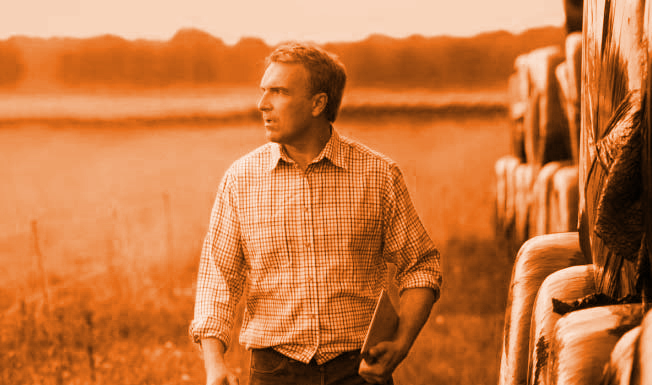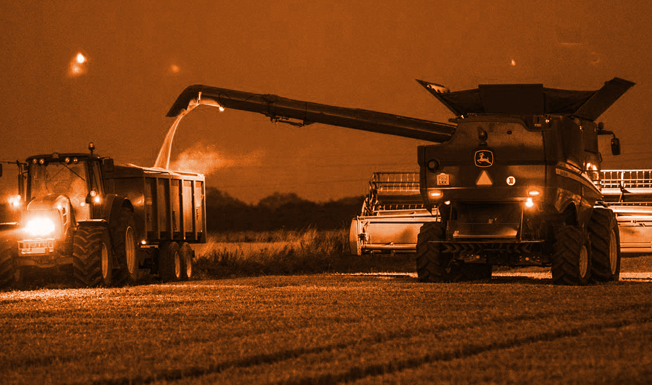In such a volatile grain market, you need to maintain a tight hold on your costs of production
The variables in grain production are so changeable, with such a finite level of control for the foreseeable future – but farming is about more than just what’s written down on paper.
In a fast-moving news environment, it’s almost impossible to second guess the grain markets on a daily basis. We seem to limp from one story to another, but by mid-December, nothing really appears to be putting too much pressure on values – YET. At the beginning of December, we did see a glimpse of a negative correction – but was that more of an end-of-month blip, correlation with oil and energy values re-gearing, or even Omicron related? Whichever way you want to look at things, it doesn’t change the fact that the world still currently looks to want to consume more grains than we have, regardless
of other external influences. The weather still impacts all of us – after all, the rally in energy prices probably started after hurricane Ida hit the US right at the end of August, but with facilities back
online and energy prices dropping dramatically over the last few weeks, how long will it be before we see
the impact on fertiliser prices and the concern caused by the increase in fertiliser values and a drop in next year’s yields negates?
I feel that the markets are going to struggle to ever return to the relatively involatile days that we have seen in some previous years. To some of you, this may be music to your ears with the opportunity to play the markets, but to others it may just make you feel physically sick. The thought of running a business and having a finite amount of control, not knowing what your product will be worth, its quality and even how much you may get, is not for the faint-hearted! In fact, if you put a business proposition together to be an arable farmer and gave an investor all the variables that could change, they would probably politely decline – but farming is about more than what’s on paper. You and I know that, but others still need educating.
This is coming slowly but, as farmers, most of you are the unsung environmental heroes and village saints when the weather blocks roads or floods houses, but most importantly, you feed us all. As we start the new year, we all need to remember the full definition of a farmer; but I would also urge you to look loosely at your costs of production. In a volatile market, you need to have a grasp on your costs. You may see this as worse than a day out with the taxman, but please – if you struggle, it may help if you think long the following lines: If I could name the price I want for my grain, what would the minimum price
be? This may seem odd, but if you can honestly answer that question, you will find these volatile markets easier to follow. I respect it’s not always an easy calculation to do, but the more you understand your numbers, the easier the decision.
I also urge you to please read your contracts; believe it or not, so many farmers contract grain every
year without doing this. Again, it’s not always easy, but if you don’t understand, please ask. It’s important in a fast-moving market that you fully understand what you have sold and what happens if you can’t meet your contractual commitments. There are many marketing tools available for farmers and, in a volatile situation, you as individuals need to decide how much time you have to follow
markets on a daily basis or if you take some of the risk away by committing grain to others to market.
Fertiliser matters
As fertiliser markets remain firm, it’s important that we think about nitrogen use efficiency to ensure
we are applying product in the most cost-effective manner. Not enough nitrogen leads to potential yield losses, whilst over-applying increases the risk of leaching. Applying the most efficient source of nitrogen is also worth careful consideration, as losses to the atmosphere come at an economic as well as an environmental cost. We can successfully measure the nitrogen available in the soil to not only assess what will be required in addition, but also to utilise what is already available to help with costs.
These tests, along with use of the RB209, will help support decision making when it comes to first
nitrogen applications. Timely decision making for fertiliser purchasing is essential this year as the industry continues to face tight supplies and haulage challenges bringing concerns for product arriving onto farm in time for spring use. We will see extended lead times for fertiliser deliveries as this period approaches and it is therefore advisable to cover requirements as soon as you
are able.




